What is Fashion Industry? Lets find out more
The fashion industry is a multibillion-dollar global sector focused on the production and retail of clothing. Some analysts make a distinction between the garment industry, which creates “mass fashion,” and the fashion industry, which creates “high fashion,” but by the 1970s, these distinctions were becoming less clear.
The simplest definition of fashion is the type(s) of clothing and accessories that individuals or groups of individuals choose to wear at any particular period. The high-end designer clothes displayed on Parisian or New York City catwalks may not look the same as the mass-produced sportswear and streetwear found in global markets and malls.
The design, production, distribution, marketing, retailing, advertising, and promotion of all kinds of clothing (for men, women, and children) are included in the fashion industry, from the most exclusive and pricey haute couture (literally, “high sewing”) and designer garments to regular, everyday clothing like sweatpants and ball gowns. The more general term “fashion industry” is occasionally used to describe a wide range of businesses and services that serve millions of customers worldwide.
The contemporary era is what gave rise to the fashion business. Before the middle of the 19th century, almost all clothing was produced specifically for each person, either at home or on-demand from dressmakers and tailors.
By the turn of the 20th century, mass-produced clothes in predetermined sizes were being offered at set prices due to the development of new technologies like the sewing machine, the rise of global capitalism and the factory system of production, and the proliferation of retail outlets like department stores.
Despite the fact that the fashion industry originated in Europe and America, it is now a transnational industry with apparel frequently designed in one nation, produced in another, and sold in a third. An American clothing manufacturer, for instance, might purchase fabric from China, have the garments made in Vietnam, be completed in Italy, and then be delivered to a warehouse in the US for distribution to retail stores abroad.
In the twenty-first century, the fashion business is still one of the biggest jobs in the country. However, when production shifted more and more overseas, particularly to China, employment decreased significantly. It is challenging to get aggregate estimates for global output of textiles and clothing because data on the fashion industry are often reported for national economies and expressed in terms of the industry’s numerous distinct segments.
However, the industry unquestionably contributes significantly to global economic output by any standard. Four levels make up the fashion industry: the manufacturing of raw materials, primarily fibers and textiles but also leather and fur; the creation of fashion items by designers, manufacturers, contractors, and others; retail sales; and various types of advertising and marketing.
These levels are made up of numerous distinct but interdependent sectors that are all committed to meeting consumer demand for clothing in ways that allow industry participants to turn a profit.
Major Fashion industry Sectors
Design and manufacture of textiles
The majority of clothing is comprised of textiles. One of the first successes of the Industrial Revolution in the 18th century was the partial automation of the spinning and weaving of wool, cotton, and other natural fibers. These procedures are now carried out by computer-controlled, high-speed machinery that is highly automated.
Fabrics for use in clothing are produced by a sizable portion of the textile industry. There is the usage of both synthetic (such as nylon, acrylic, and polyester) and natural (such as wool, cotton, silk, and linen) fibers. The usage of environmentally friendly fibers like hemp has increased as a result of a growing interest in the sustainable fashion industry, sometimes known as “eco-fashion.”
High-tech synthetic fabrics may drain away moisture (like Coolmax), resist stains (like 303 High Tech Fabric Guard), retain or release body heat, and offer protection from fire, weapons (like Kevlar), cold (like Thinsulate), ultraviolet radiation (like Solarweave), and other dangers.
Through the use of dyes, weaving, printing, and other manufacturing and finishing techniques, fabrics can be created with a broad variety of effects. To design fabrics with colors, textures, and other attributes that anticipate customer desire, textile makers collaborate with fashion forecasters well before the clothes production cycle.
Fashion production and design
Few fashion designers, such as Coco Chanel or Calvin Klein, who produce exceptional high-fashion collections, whether couture or prêt-à-porter (“ready-to-wear”), have historically achieved fame as “name” designers. Contrary to popular assumption, these designers have a significant impact on defining fashion trends, but they do not impose new trends; instead, they work to create clothing that will appeal to consumers. The vast majority of designers work anonymously for manufacturers as members of design teams, transforming current trends into clothes that can be sold to regular people.
Designers are influenced by a variety of things, such as active sportswear, street styles, and costumes from movies and television. For the majority of designers, computer-assisted design processes have supplanted or replaced more traditional design procedures like drawing sketches on paper and draping fabric on mannequins.
These enable designers to quickly alter the silhouette, material, trimmings, and other aspects of a suggested design and provide them the opportunity to instantly discuss the proposed modifications with colleagues—whether they are in the same room as them or on another continent.
High-fashion clothing that is innovatively made is only produced by a tiny minority of designers and producers. Even fewer (primarily in Paris) manufacture haute couture. Most manufacturers create affordable or moderately priced clothing.
Most businesses depend on independently owned manufacturing companies or contractors to make the clothing according to the fashion company’s standards, however other businesses employ their own production facilities for some or all of the manufacturing process. Manufacturers in the women’s clothing industry often create a number of product lines (collections) each year, which they then supply to retailers at specific times of the year.
Even more regularly, certain “fast fashion” producers release new products. Planning a line and creating the designs involves the entire product development team. To show samples to retail purchasers, the materials (fabric, linings, buttons, etc.) must be located, ordered, and procured.
The transformation of the clothing design into a pattern that comes in a variety of sizes is a crucial step in the garment-making process. Patterns can’t just be consistently scaled up or down from a basic template because the human body’s proportions change as weight fluctuates. A traditionally highly skilled occupation, pattern creation. Despite advancements in computer programming in the early 21st century, it is challenging to alter larger designs for every figure.
No of the size, the fabric is cut into the parts that will be connected to construct a garment according to the pattern, which may be written on paper or programmed as a set of computer instructions. Fabric is cut using computer-guided knives or powerful lasers that can cut multiple layers of fabric at once for all but the most expensive clothes.
The assembling of the garment is the next step in the manufacturing process. The advent of computer-guided machinery and other technological advancements led to the automation of several garment assembly processes in this area as well. Nevertheless, stitching is still a labor-intensive operation at its core.
This puts unstoppable pressure on apparel manufacturers to locate their operations in low-wage areas where there are frequent problems with workplace safety and labor exploitation. Up until the Triangle shirtwaist factory fire of 1911, which led to increased unionization and regulation of the industry in the United States. New York City’s fashion industry was dominated by sweatshops that were situated on the Lower East Side. Due to its low labor costs and highly organized workforce, China became the world’s largest producer of clothes in the late 20th century.
Clothes that have been assembled go through a variety of steps known as “finishing.” These include the addition of ornamental components (beading, embroidery), buttons and buttonholes, hooks and eyes, snaps, zippers, and other fasteners; hems and cuffs; and brand-name labels and other labels (often legally required) specifying the fiber content, washing instructions, and country of manufacture. Following pressing, finished items are packaged for shipping.
Following World War II, importing nations severely restricted the trade in textiles and clothing by imposing quotas and tariffs. Beginning in the 1980s, these protectionist restrictions that were eventually unsuccessful in halting the transfer of the textile and apparel industry from high-wage to low-wage nations were gradually dropped.
Under the regulatory auspices of the World Trade Organization and other international regulatory bodies, they were replaced by a free-trade strategy that acknowledged the competitive advantage of low-wage countries as well as the advantage provided to consumers in rich countries by the availability of highly affordable clothing. Production may now be tightly correlated to market conditions even over vast distances thanks to the development of containerization and reasonably priced air freight.
For commercial and statistical purposes, underwear and other accessories like shoes and purses are typically not included in the garment business, but they are nonetheless strongly related to it. Similar to clothing, accessories come in a variety of price points, from high-end luxury goods to low-cost mass-produced goods.
Similar to clothing manufacturing, accessory production frequently occurs in low-wage areas. High-end accessory manufacturers, particularly those that make handbags, face intense competition from knockoffs, which are frequently made in the same factories as the original products using subpar materials. Despite being forbidden by a number of international accords, the trade in these knockoff items is challenging to regulate. Name-brand producers lose hundreds of millions of dollars in revenue every year as a result.
Fashion Industry retailing, marketing, and merchandising
After the clothing has been created and produced, it must be sold. However, how will clothing travel from the maker to the consumer? Retail refers to the industry of purchasing clothing from producers and selling it to consumers. Three to six months prior to the buyer being able to purchase the clothing in-store, retailers make first purchases for resale.
Fashion marketing is the act of controlling the flow of merchandise with the aim of maximizing a company’s sales and profitability, from the initial selection of designs to be made to the display of products to retail buyers. The understanding consumer desire and responding with the relevant products are essential for successful fashion marketing.
Marketers inform designers and producers about the kind and quantity of things to be created through sales tracking data, media attention, focus groups, and other methods of gathering consumer preferences. Therefore, marketers are in charge of determining the target market for a fashion company and reacting to their preferences.
Both the wholesale and retail levels of the market are active. Companies that don’t retail their own goods must sell those goods to retailers like boutiques, department stores, and online sales companies at wholesale costs.
To find a good fit between the clients of the store and the items of the manufacturer, they use fashion industry shows, catalogs, and a sales force equipped with samples of the products. For businesses that do offer their own items at retail, product compatibility with their own consumer base is of utmost importance to marketers.
Marketing includes promotional efforts including print and other media advertising at both the wholesale and retail levels with the goal of building brand awareness and reputation for various traits like quality, affordability, or trendiness. Merchandising, which aims to increase sales and profitability by persuading customers to buy a company’s items, is closely tied to marketing. Selling the correct product, at the right price, at the right time and place, to the appropriate clients is the usual definition of the term “merchandising.”
In order to make decisions about things like stocking appropriate merchandise in adequate but not excessive quantities, offering items for sale at enticing but still profitable prices, and discounting overstocked goods, fashion merchandisers must rely on marketers’ information about customer preferences. Additionally, merchandising entails presenting products in an appealing and approachable way through the use of shop windows, in-store displays, and special promotional activities.
Merchandising experts must be able to quickly order new supplies of the popular product in response to spikes in demand. An automatic order for a given quantity of clothes of a specific sort and size to be delivered in a matter of days can be sent to a production facility in Shanghai by inventory-tracking computer software in a department shop in London, for instance.
Early in the twenty-first century, the Internet had grown to be a significant retail outlet, posing new problems (such as the inability of customers to try on clothing before buying it, the need for facilities designed to handle clothing returns and exchanges), as well as providing merchandisers with new opportunities (e.g., the ability to provide customers with shopping opportunities 24 hours per day, affording access to rural customers).
Merchandising has become one of the pillars of the contemporary fashion business in an era of expanding shopping options for consumers and fierce price competition among stores.
Fashion displays
In addition to merchants (like fashion buyers), fashion designers and manufacturers also market their products directly to consumers as well as to the media (fashion journalists). Parisian couture businesses started providing their clientele with private viewings of the newest trends as early as the late 19th century.
Early in the 20th century, department stores and couture companies both routinely staged fashion shows with top models. In other nations, ready-to-wear designers followed the lead of Parisian couturiers and started staging fashion shows for an audience that included buyers, journalists, and private clients. Fashion shows played a bigger part in the introduction of new designs in the late 20th and early 21st centuries as they evolved into elaborate theatrical events conducted in larger settings with elevated runways (“catwalks”) specially built for the models.
Fashion shows had become a regular fixture of the fashion calendar by the early twenty-first century. The official syndicate of couture designers, which consists of the most upscale and expensive fashion houses, hosts two couture shows a year in Paris (in January and July). These shows feature clothing that might be ordered by potential customers but are frequently intended to display the designers’ opinions on current fashion trends and brand image.
During spring and fall “Fashion Weeks,” the most significant of which is held in Paris, Milan, New York, and London, ready-to-wear fashion shows are held, showcasing both men’s and women’s clothing separately. On the other hand, there are dozens of different fashion weeks worldwide, from Tokyo to So Paolo.
These events, which are far more significant commercially than the couture shows, are primarily targeted at buyers for department stores, wholesalers, and other significant markets as well as fashion industry journalists. Fashion shows, which receive extensive media coverage, both reflect and push the direction of change in the industry. Instantaneously broadcast images and recordings of fashion shows are used by mass-market manufacturers to create cheap clothing that is either a direct copy of or an inspiration for runway designs.
Marketing and the media
All forms of media are crucial to the marketing of fashion. In the latter half of the 18th century, specialized fashion publications first appeared in France and England. Fashion industry periodicals like the French La Mode Illustrée, the British Lady’s Realm, and the American Godey’s Lady’s Book multiplied and thrived in the 19th century.
Together with other innovations like the sewing machine, department stores, and ready-to-wear clothing made in standard sizes, fashion magazines, which included articles, hand-colored illustrations (known as fashion plates), and advertisements, played a significant role in promoting the democratization of fashion in the modern era.
Fashion photography and extensively illustrated fashion publications like Vogue grew in popularity as a result of the early 20th-century development of efficient and affordable techniques for reproducing photos in print media. Rapidly, magazine advertising took over as the fashion industry main marketing strategy.
People from all around the world may now watch fashion industry displays and copy the celebs’ styles thanks to the development of newsreels in cinema, which are brief motion films of current events. The Internet era saw the dominance of visual media continue, with fashion industry blogs becoming a more significant channel for the dissemination of fashion industry news. Celebrities get the chance to be photographed wearing designer clothing at red-carpet events like award ceremonies, giving the designers important publicity.
World’s Fashion
Today, the majority of people wear what can be called “global fashion,” a condensed and extremely affordable version of Western attire, frequently consisting of a T-shirt and pants or a skirt. In addition, there are several smaller, more niche fashion sectors that serve certain national, regional, ethnic, or religious markets throughout the world.
The design, manufacture, and marketing of saris in India and boubous in Senegal are two examples. On a smaller, regional basis, these industries coexist with the global fashion industry. The widespread adoption of the hijab (religiously suitable attire) by Muslim women in the early twenty-first century, not only in the Middle East but also throughout the Islamic world, was a notable advance in the subject of ethnoreligious dress.
Veiling standards and fashions vary widely because there are millions of Muslim women living in different nations worldwide. For some people, veiling entails a complete exclusion from the ups and downs of fashion. Other ladies, notably those for whom modest clothing is required in public, might put on chic European fashions under their more traditional street clothes.
Others have aimed for appearances that are stylish yet understated. The market for modest clothing was expanding internationally at the start of the twenty-first century. A growing number of suitable and fashionable styles were created by Muslim and non-Muslim designers, and a large number of fashion blogs and magazines specifically for Muslim women were made available.
As seen by efforts to create modest yet functional swimwear and sportswear for Muslims, certain designers and producers faced not just the aesthetics of modest apparel but also the practical issues involved with the conservative dress.
The fashion system
The “fashion system,” which includes the business of fashion as well as the art and skill of it, as well as not only production but also consumption, is a bigger social and cultural phenomenon that includes the fashion industry.
In addition to the individual consumer who chooses, purchases, and wears clothing as well as the language and visuals that influence how customers think about fashion, the fashion designer is a significant factor. All the elements involved in the entire process of fashion transformation are part of the fashion system. Some aspects of fashion, which involve variety for the sake of novelty, are inherent (e.g., when hemlines have been low for a while, they will rise).
Other elements are outside (e.g., major historical events such as wars, revolutions, economic booms or busts, and the feminist movement). Individual trendsetters like Madonna and Diana, Princess of Wales, as well as changes in lifestyle like the introduction of new sports like skateboarding in the 1960s and music all, contribute to the development of trends (e.g., rock and roll, hip-hop).
The fashion industry is a complicated social phenomenon that involves a number of sometimes competing motivations, including the need to both express one’s individuality and to belong to a group, as well as the desire to both follow fashion icons and defy convention. In order to satisfy any consumer’s desire to embrace or even to reject fashionability, however that term may be defined, the fashion industry must be diversified and adaptable enough to do so.



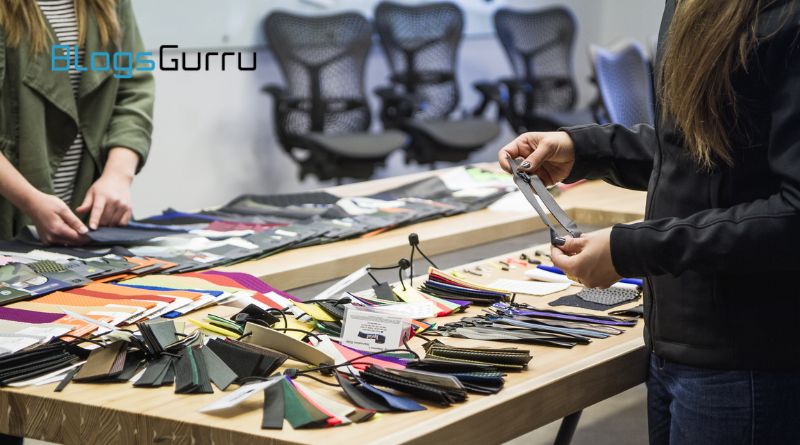
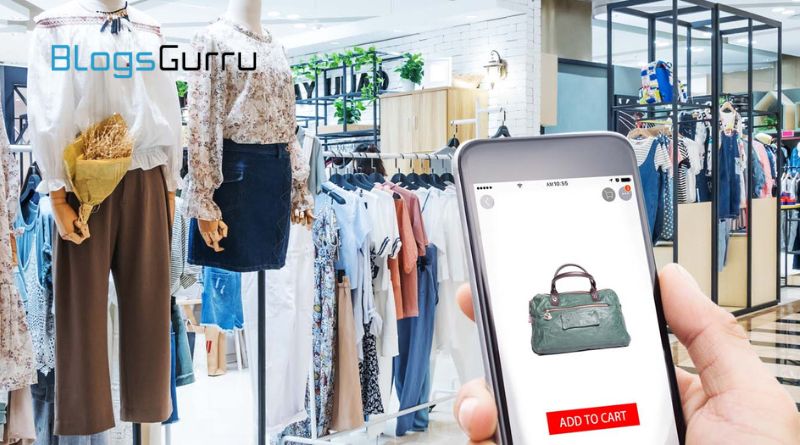
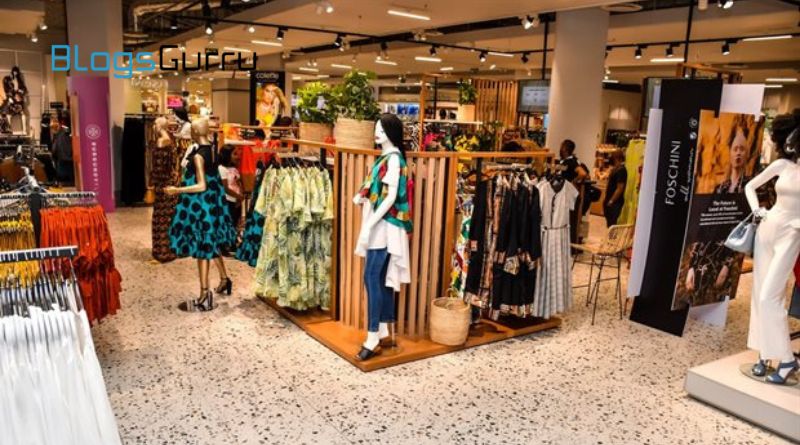
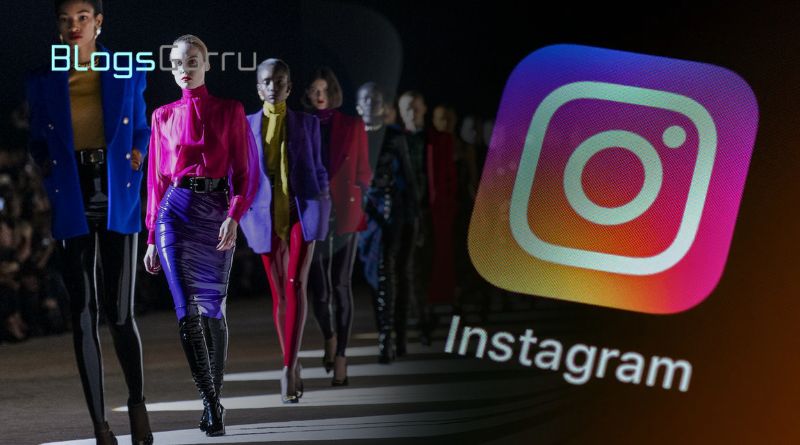
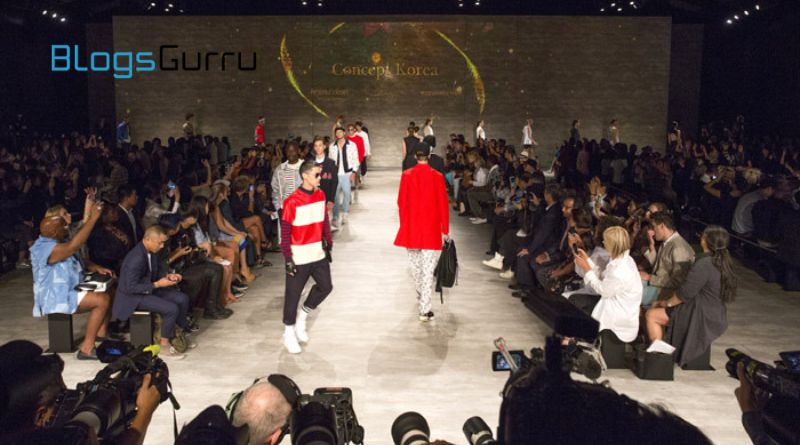
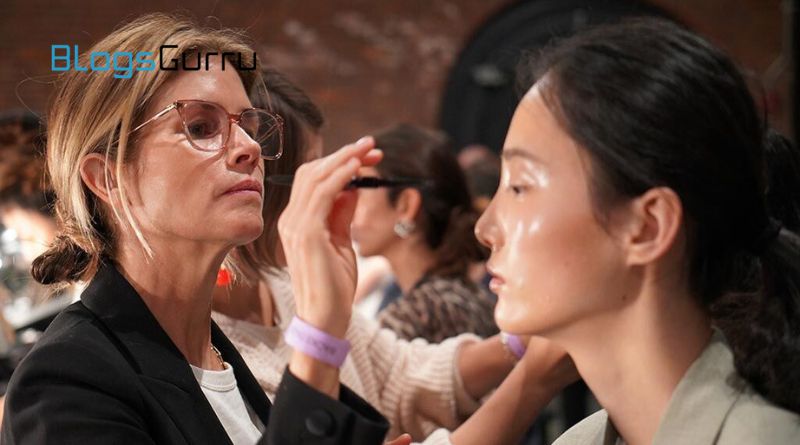
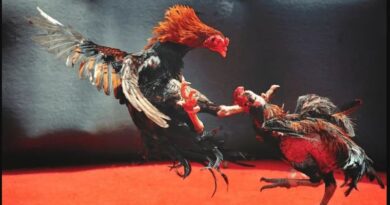

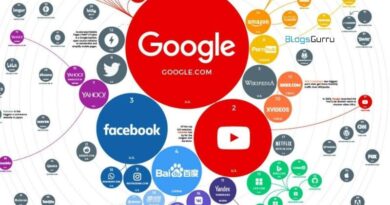
Well I definitely liked studying it. This tip provided by you is very practical for good planning.